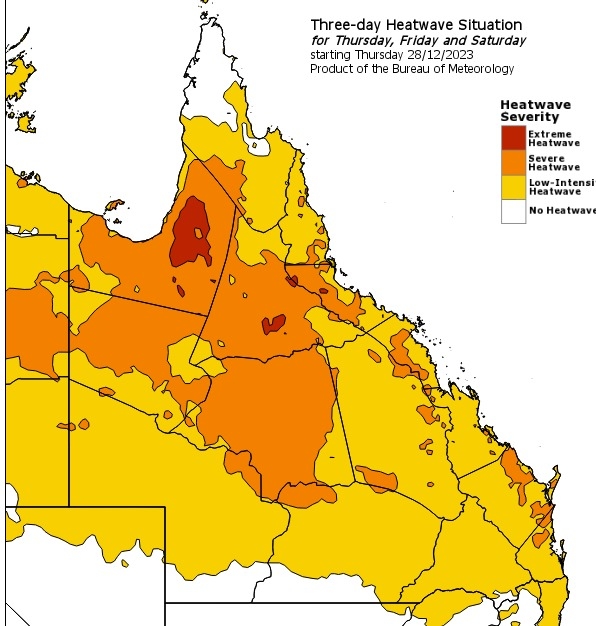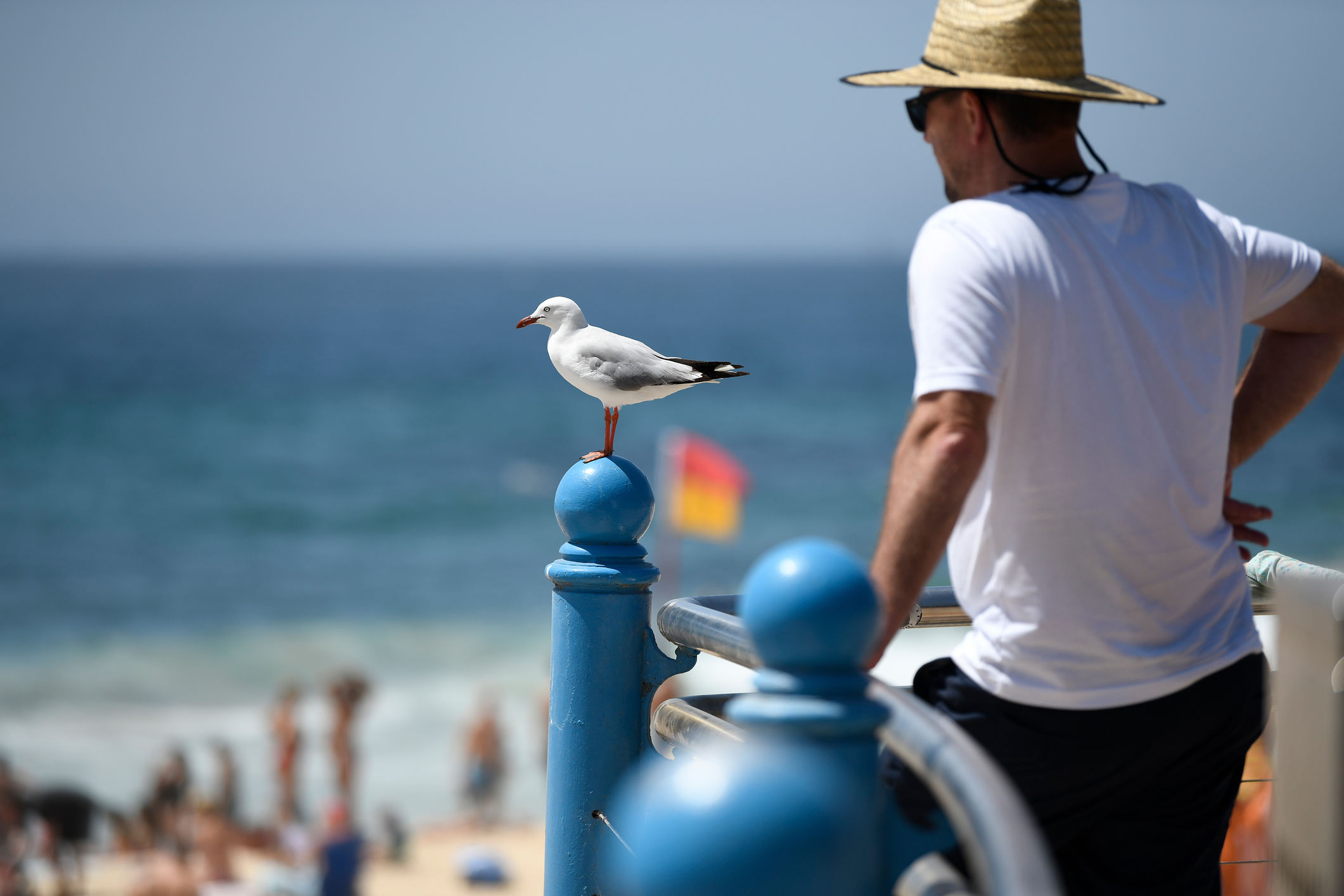Summer has well and truly settled in on the Sunshine Coast, with a heatwave rolling in and more rain on the way.
Most of the region is in the midst of a heatwave that should intensify today, with showers and storms poised to arrive at the weekend.
The Bureau of Meteorology said parts of South-East Queensland should get temperatures that are 4-8 degrees Celsius above average on Thursday and Friday.
Maroochydore, Caloundra and Noosa can expect to reach 34, while Nambour should top 36 during the next few days. The minimum temperature should be in the low to mid 20s, but it should feel warmer amid northerly winds.
Rain is expected at the weekend, with up to 10mm at Maroochydore on Saturday, up to 25mm on New Year’s Eve on Sunday, and up to 20mm on New Year’s Day on Monday. It follows a spate of storms and showers earlier this week.
Do you have an opinion to share? Submit a Letter to the Editor at Sunshine Coast News via news@sunshinecoastnews.com.au. You must include your name and suburb.
Queensland’s Chief Health Officer Dr John Gerrard said recently that heatwaves posed a serious health risk.
“While Queenslanders are accustomed to warm weather, we often underestimate the potential dangers of prolonged high temperatures with minimal night-time relief, which can harm both our physical and mental wellbeing,” he said via a Queensland Health media release.

“Everybody can be at risk of heat-related illness, but infants, the elderly, pregnant and breastfeeding women, and individuals with pre-existing medical conditions are especially vulnerable.
“Additional risk factors include working outdoors, taking certain medications, having alcohol or other drug problems, having disabilities or mobility limitations, and being physically active.
“I would urge everyone to prepare, be mindful of their health, and check on loved ones and neighbours during this period.”
Dr Gerrard urged everyone to drink plenty of fluids during the day, especially cool water.
“It’s a good idea to avoid hot or sugary drinks, and alcohol, as they can worsen dehydration,” he said.
“If you don’t have air-conditioning, seek out cool spaces like shopping centres, libraries or swimming pools, especially during peak heat hours.
“Other ways to cool down include soaking your feet in cool water and wearing a wet bandana or washer around your neck.
“If you are outdoors, make sure you carry a bottle of water with you and wear a wide-brimmed hat, sunglasses, and sunscreen.”
Dr Gerrard also advised people to try and avoid strenuous activity during the heatwave.
“If it’s unavoidable, do it early mornings before 7am when temperatures are cooler, and avoid activity between the hottest hours of the day, which are typically 10am and 3pm.

Queenslanders were also reminded to never leave children or animals unattended in cars, as temperatures rise rapidly and can be fatal in a short time.
Dr Gerrard urged people to be on the lookout for the signs and symptoms of heat-related illnesses as they can be serious.
“Signs of heat stress can include rising body temperature, dry mouth and eyes, headache, shortness of breath or vomiting,” he said.
“Signs of heat stroke, which is a more dangerous condition, can cause heat rash, muscle cramps, dizziness, nausea, vomiting and seizures.
“Urine colour is a key indicator: clear to light straw is good, dark or gold indicates dehydration.”
Like stories that inform, connect and celebrate the Sunshine Coast? So do we. Join an independent local news revolution by subscribing to our FREE daily news feed at the bottom of this article.





